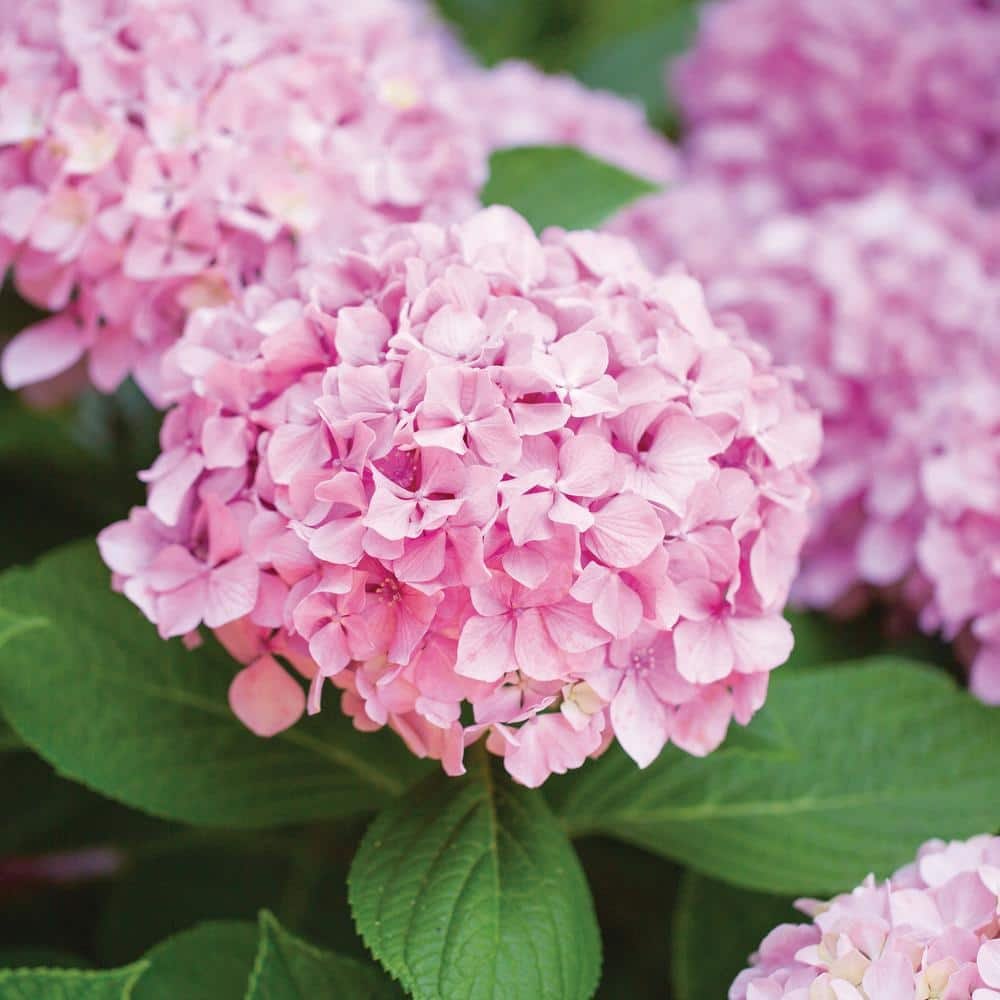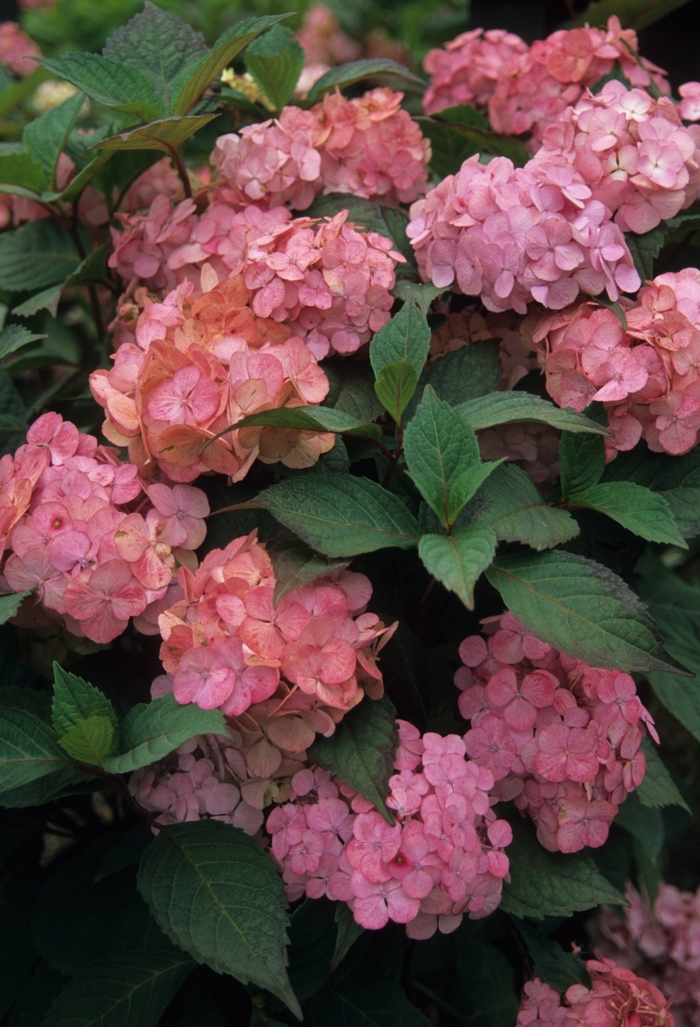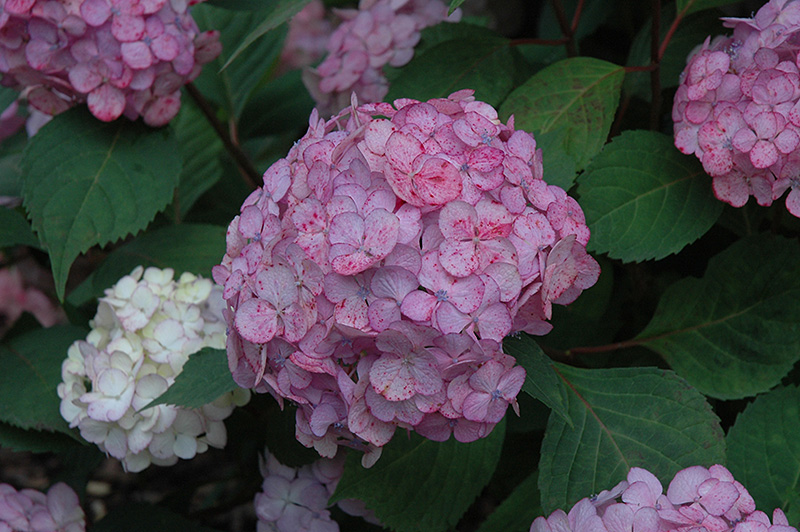Pink Beauty Hydrangea: The Ultimate Guide
Pink Beauty Hydrangea: The Ultimate Guide
Hydrangeas are some of the most popular flowering shrubs in the world, and for good reason. They come in a wide variety of colors, sizes, and shapes, and they can be grown in a wide range of climates.
One of the most popular types of hydrangea is the Pink Beauty hydrangea. This shrub is known for its large, pink flowers that bloom in the summer. Pink Beauty hydrangeas are relatively easy to grow, and they can be a beautiful addition to any garden.
In this guide, we will discuss everything you need to know about growing Pink Beauty hydrangeas. We will cover topics such as:
- Plant selection
- Planting and care
- Fertilizing
- Pests and diseases
- Pruning
We will also provide some tips on how to get the most out of your Pink Beauty hydrangeas.
Plant Selection
There are a few things to keep in mind when selecting a Pink Beauty hydrangea. First, you need to make sure that the plant is hardy in your climate zone. Pink Beauty hydrangeas are hardy in zones 4-8, so if you live in a colder climate, you will need to choose a different type of hydrangea.
Second, you need to decide how big you want your Pink Beauty hydrangea to grow. These shrubs can grow up to 6 feet tall and wide, so if you have limited space, you may want to choose a smaller variety.
Finally, you need to consider the color of the flowers. Pink Beauty hydrangeas can bloom in a variety of shades of pink, so you can choose a color that will complement your garden.
Planting and Care
Pink Beauty hydrangeas are relatively easy to plant and care for. They prefer full sun, but they can also tolerate partial shade. The soil should be well-drained, and the plant should be watered regularly.
Pink Beauty hydrangeas do not need to be fertilized often. A light application of fertilizer in the spring will help the plant to bloom.
Pests and Diseases
Pink Beauty hydrangeas are generally resistant to pests and diseases. However, they can be susceptible to aphids, scale, and powdery mildew. If you notice any pests or diseases, you can treat them with an appropriate pesticide or fungicide.
Pruning
Pink Beauty hydrangeas should be pruned in the spring. The goal of pruning is to remove dead or diseased wood and to shape the plant. You can also prune the plant to encourage more blooms.
Getting the Most Out of Your Pink Beauty Hydrangeas
There are a few things you can do to get the most out of your Pink Beauty hydrangeas:
- Water them regularly, especially during the summer months.
- Fertilize them in the spring with a light application of fertilizer.
- Prune them in the spring to remove dead or diseased wood and to shape the plant.
- Protect them from pests and diseases.
With proper care, your Pink Beauty hydrangeas will bloom beautifully for many years to come.
FAQ of pink beauty hydrangea
Q: What is a pink beauty hydrangea?
A pink beauty hydrangea is a type of hydrangea that blooms with large, pink flowers. It is a deciduous shrub that can grow up to 6 feet tall. Pink beauty hydrangeas are native to Japan and Korea.
Q: What are the care requirements for pink beauty hydrangeas?
Pink beauty hydrangeas need full sun to partial shade and moist, well-drained soil. They are relatively easy to care for and are drought tolerant once established. Pink beauty hydrangeas should be fertilized in the spring and fall.
Q: How do I change the color of my pink beauty hydrangeas?
The color of pink beauty hydrangeas can be changed by adjusting the pH of the soil. Alkaline soil, with a pH above 7.0, promotes pinks and reds. With a pH between 6 and 7, the blooms turn purple or bluish-pink. To lower your pH, add garden sulfur or aluminum sulfate to your soil. To raise the pH, use ground lime.
Q: What are some common pests and diseases of pink beauty hydrangeas?
The most common pests of pink beauty hydrangeas are aphids, scale, and spider mites. These pests can be controlled with insecticidal soap or neem oil. The most common diseases of pink beauty hydrangeas are leaf spot and powdery mildew. These diseases can be prevented by watering the plant at the base and by providing good air circulation.
Q: How do I propagate pink beauty hydrangeas?
Pink beauty hydrangeas can be propagated by cuttings or by division. To propagate by cuttings, take 4-6 inch cuttings from the new growth in the spring. Dip the cuttings in rooting hormone and plant them in a well-draining potting mix. Keep the cuttings moist and in a warm, shady location. To propagate by division, dig up a mature plant in the spring or fall and divide it into several smaller plants. Replant the divided plants in their own containers or in the garden.
Image of pink beauty hydrangea
5 different images of "pink beauty hydrangea" from Pinterest:
- A pink beauty hydrangea bush in full bloom, with large, round clusters of flowers.

- A close-up of a single pink beauty hydrangea flower, showing the delicate petals and the central stamen.

- A pink beauty hydrangea in a vase, with the flowers arranged in a loose, cascading bouquet.

- A pink beauty hydrangea plant in a garden, with the flowers surrounded by lush green foliage.

- A pink beauty hydrangea in a landscaped setting, with the flowers providing a splash of color against a backdrop of trees and shrubs.

Post a Comment for "Pink Beauty Hydrangea: The Ultimate Guide"